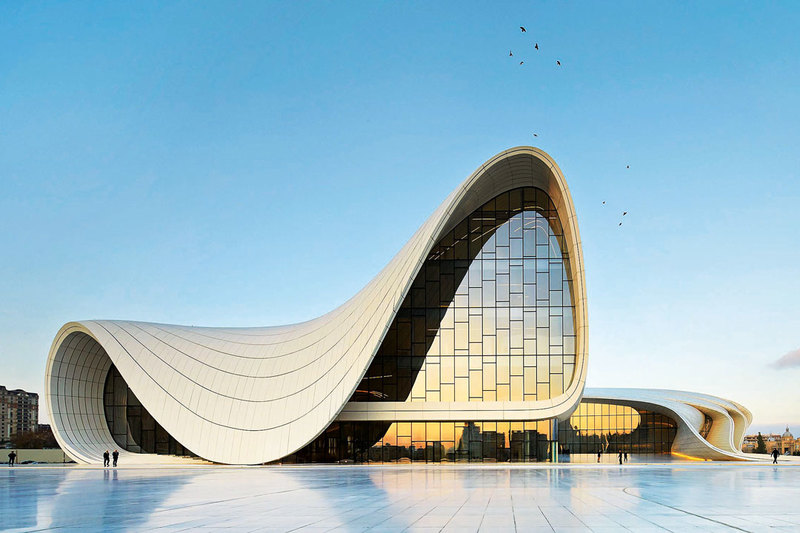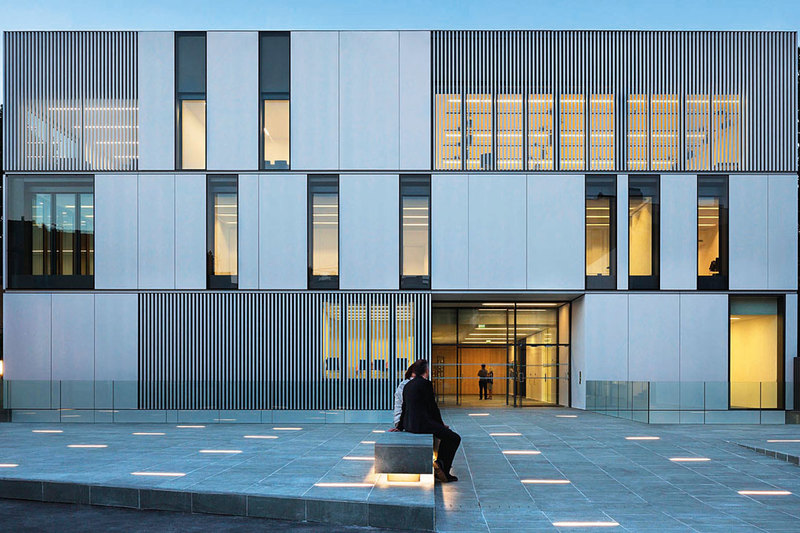
The obsession started ever since humans learned how to build something for themselves—maybe longer. But what makes it such an integral part of our lives? What defines aesthetics?
Aesthetics links many things. Technological development, design, architecture, art, music and engineering, to name a few. Thus, it is a connecting as well as separating element between philosophy of technology and philosophy of architecture and design.
Aesthetics is the branch of philosophy that deals with the nature and expression of beauty.
The two most important factors in the design of buildings are form and function. Functionality is the most important aspect of space design. The other aspect is form or aesthetics which relates to feelings and emotions.
Aesthetics is one of the major principles of Architecture that students and professionals alike have to worship. It concerns beauty or appreciation of beauty. In other words, it is a philosophy behind a pleasing appearance. A set of principles followed by the architectural designers, or any designers for that matter, for the evolution of the end product that is aesthetically pleasing to the eye, is called aesthetics. It is directly influenced by the artistic taste of an individual.

The philosophy of aesthetics can be mastered by any designer if he follows these key elements listed below.
Mass and space aesthetics is a state in which various elements form a satisfying and harmonious whole and nothing is out of proportion or unduly emphasized at the expense of the rest.
Proportion is the term used to describe the relationship between two things of different size. In architecture we are looking for the proportional relationship between spaces and the size of the human body.
In architecture, symmetry is the reflection of shared forms, shapes or angles across a central axis. Components that mirror each other across an axis are symmetrical.
Balance is the equal distribution of visual weight in a design. We are bilateral creatures and our sense of balance is innate. When elements are not balanced around a vertical axis, the effect is disturbing and makes us uncomfortable.
Contrast is a principle of art. When defining it, art experts refer to the arrangement of opposite elements (light vs. dark colors, rough vs. smooth textures, large vs. small shapes, etc.) in a piece so as to create visual interest, excitement, and drama.
Pattern is an underlying structure that organizes surfaces or structures in a consistent, regular manner. Pattern can be described as a repeating unit of shape or form, but it can also be thought of as the “skeleton” that organises the parts of a composition.
Decoration is added to a building or any other structure to improve its aesthetical value and appearance. We’re talking light effects, some ornaments, colors, etc.
Massing is a term which refers to the perception of the general shape and form as well as size of an element.
Unity is the relationship among the elements of a visual that helps all the elements function together. Unity gives a sense of oneness to a visual image. In other words, the words and the images work together to create meaning.
Rhythm is accomplished by repeating art elements in regular or cyclical fashion to create interest, movement, and/or harmony and unity. Rhythms can be random, regular, alternating, flowing, and progressive. Classes of pattern include mosaics, lattices, spirals, meanders, waves, symmetry and fractals, among others.
In the following pages of this main theme section, we will be showcasing many pleasing aesthetics of things we (if you live in Jakarta) have easy access to. Catch one or more of the above elements at its best through our handpicked selection of well-designed restaurants (dining section), luxury apartments and upscale hotels.
An urgently important part of design is sustainability. Being a devout champion of sustainability, our very own publisher Alistair Speirs summarises two excellent presentations by Vibeka Grupe Larsen of the Danish Association of Architects and John Sommer, Director of Strategy and Business Development at MT Højgaard. Both presentations were originally delivered during the MVB Buildings and Circular Economy Seminar last year.
Source: International Journal of Engineering Research and Technology
This article is originally from paper. Read NOW!Jakarta Magazine March 2020 issue “Property, Architecture & Design". Available at selected bookstores or SUBSCRIBE here.







